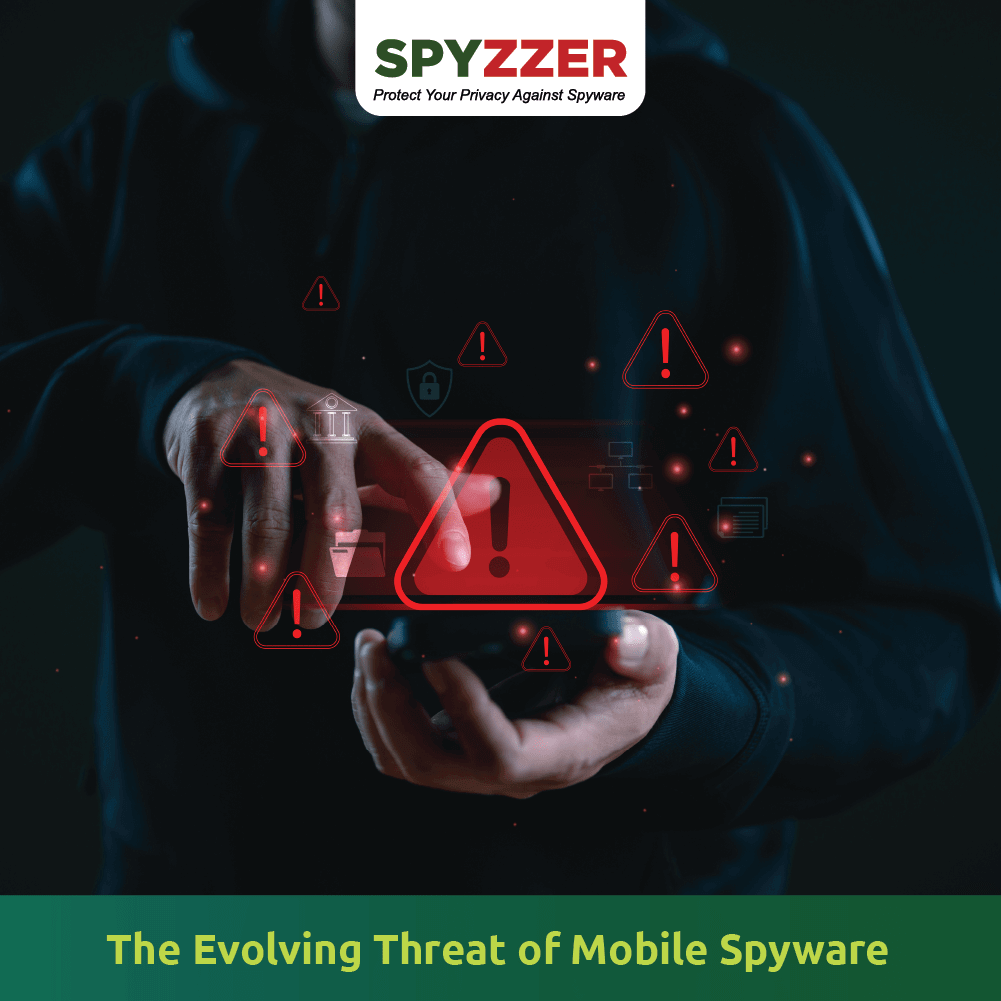
People often believe that Pegasus is the only spyware circulating globally, but this is a misconception. In reality, numerous spyware programs like Candiru, PhoneSpy, and others are in constant evolution, changing names and tactics.
Over the last 3-4 years, the experience with Pegasus has led to the development of even more sophisticated spyware.
Mobile devices are integral to modern work and communication, but they also represent a significant security vulnerability. Attackers are increasingly exploiting this vulnerability with advanced spyware that is difficult to detect, prevent, and remove.
Many users do not consider securing their personal devices because they believe they have nothing to hide and are thus not a target.
However, even if individual users are not direct targets, organizations are. Municipalities, corporations, and startups—regardless of their industry—have critical assets that need protection. Failing to secure user devices can leave these assets vulnerable.
In this post, we will explore the trends in mobile spyware, including the rise of sophisticated spyware, nation-level threats, and modified applications. Additionally, we will provide best practices to help safeguard your organization’s assets.
Understanding Mobile Spyware
Mobile spyware is designed to collect personal information from a device without the user’s knowledge or consent. It can track online activity, steal personal data, or even control the device remotely.
While spyware has been around for decades—originating from early variants developed by the Italian Hacking Team and German FinFisher—the landscape has evolved. Today, a broad range of spyware targets mobile devices, primarily Android but also iOS, meaning few devices are safe.
How Spyware Can Infect Devices
- User Clicks a Malicious Link: This link could be in an email, text message, or social media post, leading to spyware installation without the user’s knowledge.
- User Does Nothing: New “zero-click” malware takes advantage of existing vulnerabilities to infect devices completely invisibly, requiring no user action. This type of malware renders traditional security education and vigilance ineffective.
Consequences of Spyware Attacks
Once spyware infiltrates a device, it can:
- Access Sensitive Information: Spyware can compromise both personal and corporate devices, granting unauthorized access to sensitive data and control over microphones, cameras, and location tracking.
- Modified Applications: A growing threat involves modified applications, which are often disguised as legitimate apps. These apps can steal data, track location, access onboard cameras and microphones, collect contacts, and spread malware. Examples of such applications include Weibo, WeChat, SHAREit, Truecaller, UC News, UC Browser, and Store.
By understanding these threats and implementing robust security measures, you can better protect your organization’s assets from the ever-evolving landscape of mobile spyware.
Protect Your Devices from Spyware!
Don’t wait until it’s too late. Pre-book your advanced Spyzzer device now to safeguard your personal and corporate data from evolving mobile spyware threats. Click the link below to ensure your security and stay one step ahead of the cyber-criminals.
